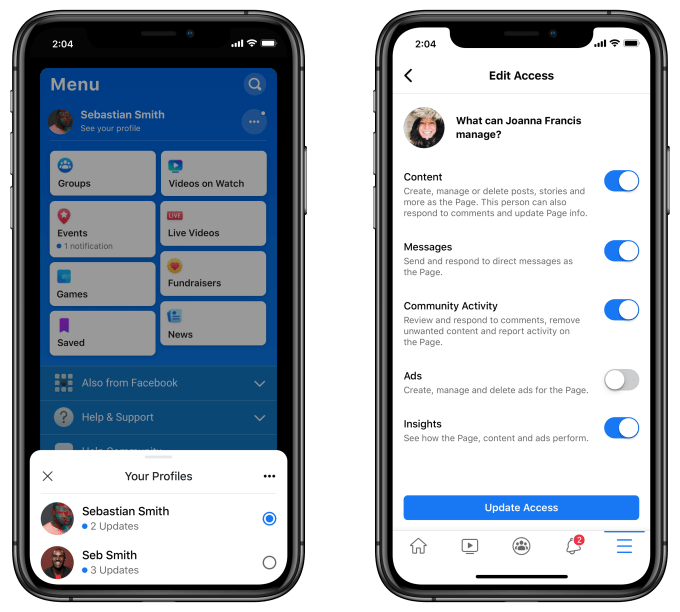Partipost, a Singapore-based marketing startup that lets anyone with a social media profile sign up for influencer campaigns, has raised $3.5 million in new funding. The round was led by SPH Ventures, the investment arm of publisher Singapore Press Holdings, with participation from Quest Ventures and other investors.
The funding will be used to grow Partipost’s current operations in Singapore, Indonesia and Taiwan, and expand into Vietnam, the Philippines and Malaysia, other Southeast Asian markets with heavy social media usage. Since launching its mobile app in 2018, Partipost says it has added about 200,000 influencers to its platform, and that over the past 12 months, it has helped conduct 2,500 social media marketing campaigns for more than 850 brands, including Adidas, Arnott’s, Red Bull, Chope and Gojek.
According to benchmark report released in March by Influencer Marketing Hub, the influencer marketing industry is expected to be worth about $9.7 billion in 2020, with companies spending increasing amounts on social media campaigns and working with more “micro-influencers.” To serve them, the report said that more than 380 new influencer marketing agencies and platforms were launched last year, joining a roster of companies that already include AspireIQ, Upfluence, BuzzSumo, SparkToro and Inzpsire.me, to name just a few examples.
While most of these companies focus on helping brands identify the influencers with the widest social media reach, Partipost lets anyone sign up to take part in a campaign.
“Partipost’s main difference is that we believe that everyone can be an influencer,” founder and chief executive officer Jonathan Eg told TechCrunch. “Even if you have 200 followers, you can be one. We want to create a new market that we believe will be the future. Everyone can post on social media, write a review or give some feedback and be paid for it.”
“We want to empower everyone to monetize off their own data and influence and not just allow the big tech companies to do so,” he added.
Aspiring influencers browse brand campaigns on Partipost’s app and apply to take part by submitting a post draft. If the brand approves it, the user can then go ahead and post it on their social media profiles.
The amount of cash they earn is based on how much engagement each post receives. According to the company’s website, most campaigns require a minimum of 200 followers or more, and successful users can earn an average of $5 to $150 per campaign, depending on the brand’s payout structure.
One of Partipost’s selling points for brands is that it enables them to sign up thousands of influencers for a campaign in a single day, help them react quickly to online trends. Part of the funding will also be used to build data tools to help brands match campaigns with Partipost users more efficiently. The company says it expects to increase its base of aspiring influencers to one million within the next 18 months.
As part of the funding, SPH Ventures chief executive officer Chua Boon Ping will join Partipost’s board, while Quest Ventures partner Jeffrey Seah will become an observer.
In a media statement, Chua said, “Social influencer marketing is one of the fastest growing segments within Digital marketing. Hence, we are very excited to lead Partipost’s Series A round to further accelerate its growth. We are impressed by Partipost’s strong traction in Singapore, Indonesia and Taiwan as a young startup and look forward to partnering it to scale to new markets.”






